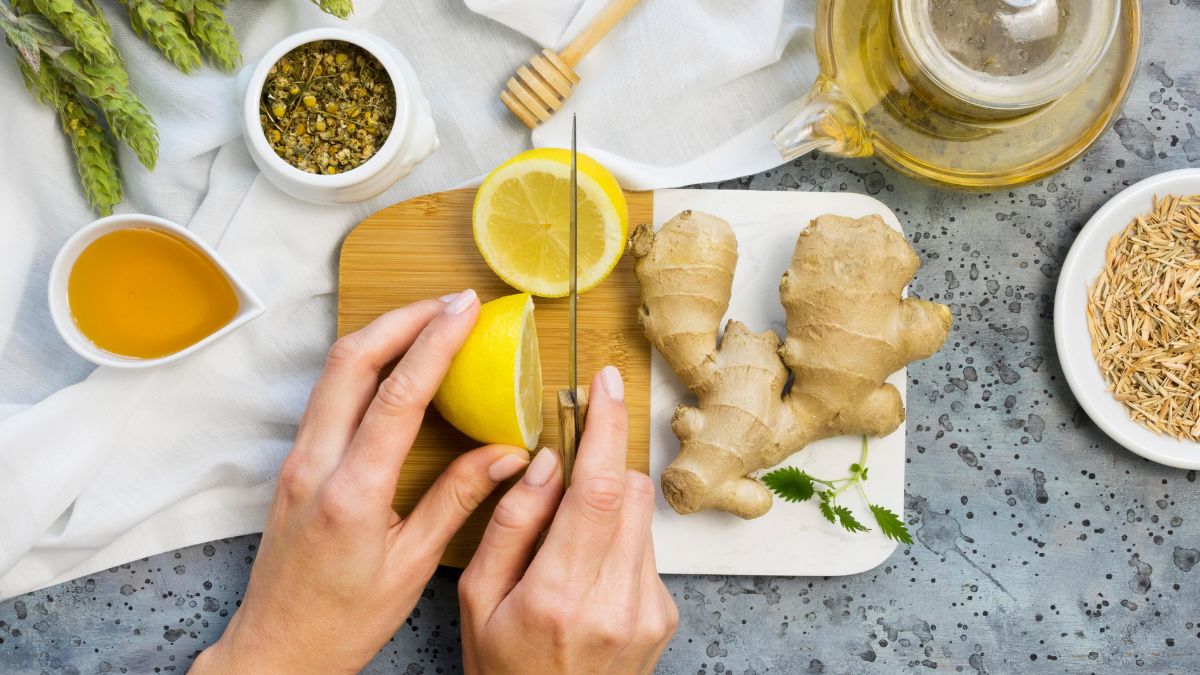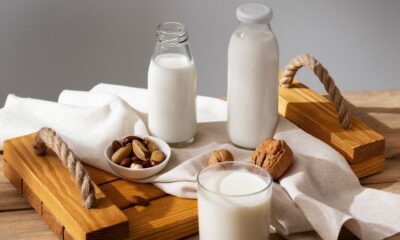Health & Fitness
WellHealth’s Ayurvedic Health Tips Nurturing Holistic Wellness

As part of its mission to promote complete health, WellHealth has compiled a number of Ayurvedic health tips with the goal of revitalizing the whole person. These practices, which are based on the ancient knowledge of Ayurveda, provide a method for being healthy and balanced in today’s world.
Embrace Your Unique Constitution
Ayurveda identifies Vata, Pitta, and Kapha as the three primary body types.Developing a tailored approach to wellbeing requires an understanding of your dominant dosha. Discover your constitution and adjust your lifestyle appropriately by consulting with an Ayurvedic practitioner.
Nourish with Nutrient-Dense Foods
Ayurveda stresses the need to provide the body with a healthy diet. A diet low in processed foods and high in fresh produce, healthy grains, and lean meats is what WellHealth recommends. To enhance the taste and get the health advantages, try including spices like turmeric, ginger, and cumin.
Harness the Power of Herbal Remedies
Ayurveda places great value on the medicinal herbs found in nature. Ashwagandha and tulsi are adaptogenic herbs that may help you deal with stress and become more resilient, according to WellHealth. Triphala is a combination of three fruits that promotes digestive health and aids in detoxification.
Cultivate Mindful Practices
In the midst of life’s hectic pace, it is crucial to prioritize one’s mental health. To help people find calm inside and lessen their stress levels, WellHealth promotes mindfulness techniques such as meditation and yoga. Abhyanga, an oil massage, and neti, a nasal washing, are two examples of Ayurvedic self-care practices that are known to induce calm and rejuvenation.
Honor the Rhythms of Nature
Embracing the body’s inherent cycles fosters harmony. WellHealth recommends waking up in the sun, eating at regular intervals, and relaxing before bed. This harmony promotes rejuvenating sleep and maximizes energy levels.
Foster Connection and Community
WellHealth emphasizes the significance of social relationships for overall health, emphasizing the value of genuine connections and active community participation in enhancing life’s fabric.
Essentially, WellHealth promotes a more holistic approach to wellbeing by incorporating Ayurvedic concepts into everyday living. People begin a life-altering path toward vigor, balance, and radiant health by using these time-honored health suggestions.
Health & Fitness
Is Costco’s Fruit Smoothie Healthy?
Health & Fitness
Are Nut Thins Healthy? Unveiling the Nutritional Pros and Cons
Health & Fitness
Blisterata: Understanding and Managing the Skin Condition

Blepharata is a skin ailment that can affect anyone at any age; it causes the skin to develop blisters. Knowing blisterata’s history and how it impacts daily life is crucial for developing effective treatments and improving quality of life.
Introduction to Blisterata
A group of skin disorders commonly called blisteratta or blistering dermatosis is characterized by the development of fluid-filled blisters on the skin. Blisters can range in size, shape, and severity from little vesicles to larger bullae.Any part of the body is susceptible to blistering, but the feet, hands, and joints are particularly vulnerable because of their continual movement and exposure to abrasive surfaces.
Blisterata prevalence is influenced by several factors, including genetic predispositions, environmental factors, and current health conditions. Those with a family history of blistering diseases are at a higher risk of developing blisters, and environmental variables, such as exposure to irritants or allergens, can trigger flare-ups.
Causes of Blisterata
The wide variety of rosacea causes is due in large part to environmental variables, genetic predispositions, and lifestyle choices. Chemicals, allergies, severe weather, or genetic changes that affect the structure and function of skin proteins can make sensitive people more susceptible to getting blisters.
Blisterata symptoms can be worsened by certain lifestyle choices, such as smoking, being too exposed to the sun, and not taking good care of your skin. Autoimmune diseases, viral infections, and some medications increase the likelihood of blister growth.
Types of Blisterata
There are many different kinds of blisters, each with its own unique appearance and pathophysiology. Vesicular blisters are small, fluid-filled lesions that can form as a result of friction or tension. Systemic diseases or immune reactions can cause bullous blisters, which are bigger and more painful blisters. Pustular blisters, which are lesions filled with pus, are a common symptom of inflammatory skin conditions.
Symptoms of Blisterata
The symptoms of blisterata might vary in kind and severity. Indications, including redness, pain, and localized discomfort, are prevalent. A hallmark of blisterrata is the formation of fluid-filled blisters, which may rupture and then crust over. At its worst, blisterata can cause widespread blistering, fever, and generalized malaise.
Diagnosis of Blisterata
In order to establish the diagnosis of blisterata, clinicians conduct a thorough physical examination in which they search for blisters and make note of their shape and distributionDermatological investigations like skin biopsies and immunofluorescence can confirm diagnosis and identify blistering causes, while laboratory testing and medical history review can uncover root causes.
Treatment Options for Blisterata
Symptom alleviation, wound healing, and the avoidance of recurrence are the objectives of blisterata therapy. In mild cases of blisterata, topical treatments, including emollients and corticosteroid creams, can alleviate irritation and pain; however, in more severe cases, oral medications or skin grafting may be necessary.
Prevention of Blisterata
A healthy lifestyle that includes a balanced diet and stress management may help treat blisters successfully. Other precautions include sticking to a skincare routine, avoiding harsh chemicals and sun exposure, and generally being careful.
Impact of Blisterata on Quality of Life
Blister fungus causes itching and blistering, affecting mobility and quality of life. It can also cause significant mental distress, including feelings of shame, anxiety, and despair.Blisterata’s mental and emotional impact is exacerbated by societal prejudice and isolation, resulting from misconceptions and stigmatization of the disease.
Research and Innovation in Blisterata Management
New methods for controlling blisters have emerged as a result of developments in dermatological science and practice, such as wound care technologies, targeted therapies, and studies of blister growth causes and potential healing remedies.
Living with Blisterata: Coping Strategies
Blisterata coping includes actions to alleviate symptoms, build emotional resilience, and maintain one’s health in general. When dealing with life’s ups and downs, it helps to have a solid support system that includes medical professionals, loved ones, and friends.
-

 Technology3 weeks ago
Technology3 weeks agoWhat is ilikecomox?
-

 Technology1 month ago
Technology1 month agowavr-297: Revolutionizing Technology
-

 Business2 weeks ago
Business2 weeks agoIntroducing Coomersu: The Cutting-Edge Collaboration Platform
-

 Health & Fitness4 weeks ago
Health & Fitness4 weeks agoUnveiling the Superiority of WellHealth Organic Buffalo Milk
-

 News3 weeks ago
News3 weeks agoIntroduction to BlueFire Wilderness
-

 Business1 month ago
Business1 month agoChina SEO Xiaoyan
-

 Technology1 month ago
Technology1 month agoUnlocking SEO Success with Tanzohub
-

 Business1 month ago
Business1 month agoUnderstandingGPT-44X Amazon’s



